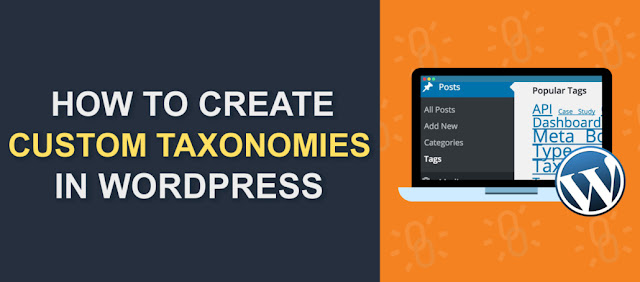Whether you have a small business looking to expand virtually or a great idea for a WordPress website, or simply looking for a way to share your thoughts, videos, or photos with friends and family, getting your very own WordPress website might be the right move for you. And, naturally, the key to a good WordPress site is to have the best WordPress host for you. There are a lot of WordPress host services out there, but not all of them are the best WordPress host for you, even if they work well for me. Here are some tips for finding the best WordPress host for you.
The first thing you need to consider when looking for the best WordPress host is the features offered by the service. You should be looking for the fast e-mail with spam filtering and blocking. Your WordPress host should have a good track record in reliability and uptime. This will help your WordPress site function the way it is meant to. Keep in mind, of course, that the quality and variety of services are closely linked to the price – you’ll pay for good services.
The second thing you need to weigh when comparing the different WordPress hosting services is the support offered. This is usually the most overlooked component of WordPress hosting. Most of us aren’t programmers or computer geniuses, so we need plenty of helpful and attentive people that are to help us out. A lot of people will focus their efforts on finding the most features for the lowest price, but only the truly best WordPress host will also give you strong technical and customer support. After all, what good are all of those features if they can’t work and you can’t fix them?
Finally, the best WordPress host will have a good price. The preponderance of WordPress hosting services out there means that they engage in competitive pricing – this is a good thing for you, as you’ll find much lower prices out there than you might have expected. You can reasonably assume you’ll pay less than ten dollars each month for quality WordPress hosting.
The best WordPress host for you is out there. Try searching through any number of independent, third-party sites that review all of the major WordPress hosting services. You can definitely find the right combination of services, support, and price to have the best WordPress host for you, whether it’s for business, friends, and family or something else entirely.
WordPress Top Hosting Companies List 2020
Without hosting you couldn't run your website. So, You should choose the best WordPress hosting company for your website. Today, I will suggest the best WordPress hosting companies name. Keep mind, Choosing the perfect hosting for your WordPress website is very important. Your website’s health will rely on the hosting provider you use.
SiteGround
SiteGround is one of the best hosting for WordPress website. SiteGround custom support and security are excellent. So you can choose this hosting for your WordPress or WooCommerce website.
Bluehost
Bluehost is the great hosting for WordPress website. Bluehost custom support and security are excellent. So you can choose this hosting for your WordPress or WooCommerce website. Bluehost is a very cheap WordPress hosting option.
WPEngine
WPEngine is the most popular and highest price WordPress Hosting provider. This hosting startup price $29/ Mo but, service and security is the best for the WordPress website.
GoDaddy
GoDaddy is the biggest market share for the hosting company. GoDaddy has approximately 18.5 million customers. So, You can choose this hosting for your business website.
DreamHost
DreamHost is a Los Angeles-based web hosting provider company and your website would be loading fast. So, I would like to recommend this hosting for your website.
HostGator
HostGator hosts more than 10 million domains making them one of the most popular web hosting providers on the market. So, You can choose this hosting for your WordPress and WooCommere website.
SiteGround
SiteGround is one of the best hosting for WordPress website. SiteGround custom support and security are excellent. So you can choose this hosting for your WordPress or WooCommerce website.
Bluehost
Bluehost is the great hosting for WordPress website. Bluehost custom support and security are excellent. So you can choose this hosting for your WordPress or WooCommerce website. Bluehost is a very cheap WordPress hosting option.
WPEngine
WPEngine is the most popular and highest price WordPress Hosting provider. This hosting startup price $29/ Mo but, service and security is the best for the WordPress website.
GoDaddy
GoDaddy is the biggest market share for the hosting company. GoDaddy has approximately 18.5 million customers. So, You can choose this hosting for your business website.
DreamHost
DreamHost is a Los Angeles-based web hosting provider company and your website would be loading fast. So, I would like to recommend this hosting for your website.
HostGator
HostGator hosts more than 10 million domains making them one of the most popular web hosting providers on the market. So, You can choose this hosting for your WordPress and WooCommere website.
Need Help to create WordPress or eCommerce Website for your Business? Kindly Check Details here: Create WordPress Business Website.







